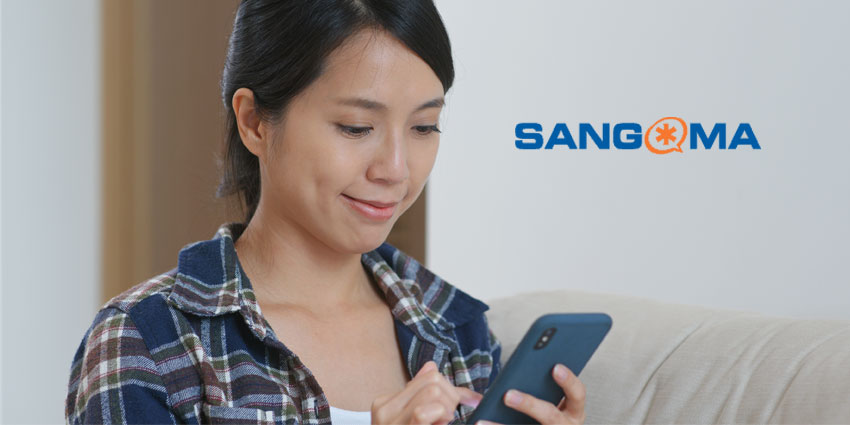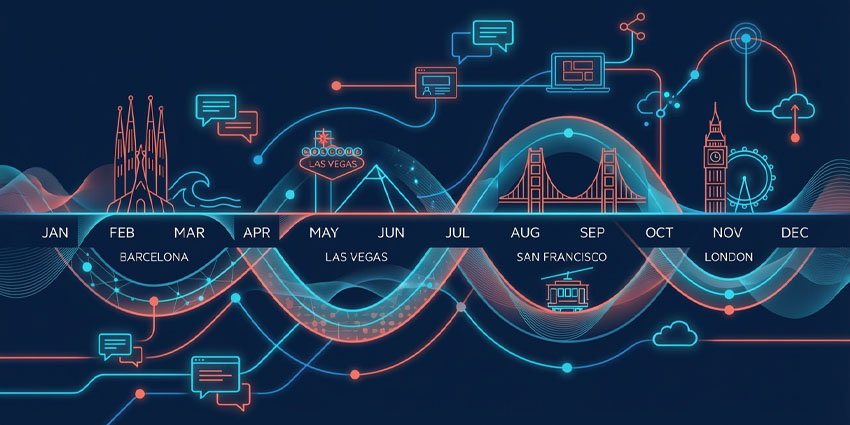Timely automated answering. Helpful recorded information. Even a bit of tinny piped muzak: we’re all secretly comforted by the dependable predictability of a well-answered call.
Sub-consciously, it provides us with confidence that we’re dealing with a competent, well-resourced organisation that puts customer experience high on its list of priorities.
We don’t even mind holding momentarily as the digital magic of seamless redirection pops us through to the right department.
Sadly, (or not) the pandemic has forced many to work from home, but smart unified comms has stepped up to the plate.
Yes, many businesses’ teams are WFH, but apps and innovations mean computer-based telephony systems are able to exactly replicate the customer’s pre-pandemic calling experience – from mobiles mimicking landlines, to continued seamless re-routing via what, to the uneducated ear, is an apparently Covid-immune head office switchboard.
And – for the caller AND the called – that is making for a slick (and productive) lockdown.
“Geography is now completely irrelevant,” says Shaan Sood, European Marketing Manager of global voice giant Sangoma, whose smart app-based ‘Switchvox’ unified communications solution is a case in point.
“Whether workforces are in the office, or at home, or in a coffee shop, or wherever else they are taking calls and working; functionality and quality can be the same. Customers’ customers call the usual number and they get the usual experience – from the initial answering routine they are used to, right through to call re-routing, call holding, call recording, conference calling and video conferencing. It doesn’t matter where you are, it’s just like you’re in the office.”
Sangoma’s European Sales VP, Simon Horton, says it’s all about psychology.
“Customers’ customers don’t expect their calling experience to suffer as a result of home-working issues,” he says.
“They want that feeling of confidence that they are going to get the same level of service delivered in the same way, regardless of the pandemic. They don’t want to feel like they are speaking to someone on a mobile at home because that subconsciously suggests that the service is going to be somehow compromised”
“The latest technology can enable a remote call handler to do everything that they used to do at their office desk anywhere they want. That includes the pure telephony as well as the accessing of account details and the completion of any resulting actions. All via an app on their own mobile linked directly to the business’s systems. It’s like customer service teams are in when actually they’re out.”
Not that UC is the only superpower currently smashing it.
The virus may have been having more of a negative impact on business if it wasn’t for the other hero of the hour – connectivity.

The perfect storm of functional innovation in the form of apps like Switchvox AND seemingly limitless accessibility in the form of superfast broadband is a potent force for good.
And it’s not just all about the end-user customer experience either.
Providing remote workforces with access to their usual voice technology and joined-up customer support functionality in a way that would once have been impossible also promotes two-way trust.
“Managers trust the fact that their WFH teams have everything they need, literally at their fingertips, to continue to deliver normal service,” says Horton. “And those working from home have trust in the fact that the technology and the kit won’t compromise THEIR user experience or their customers’.”
The perfect response to the pandemic? Well, maybe just change that muzak from time to time…







